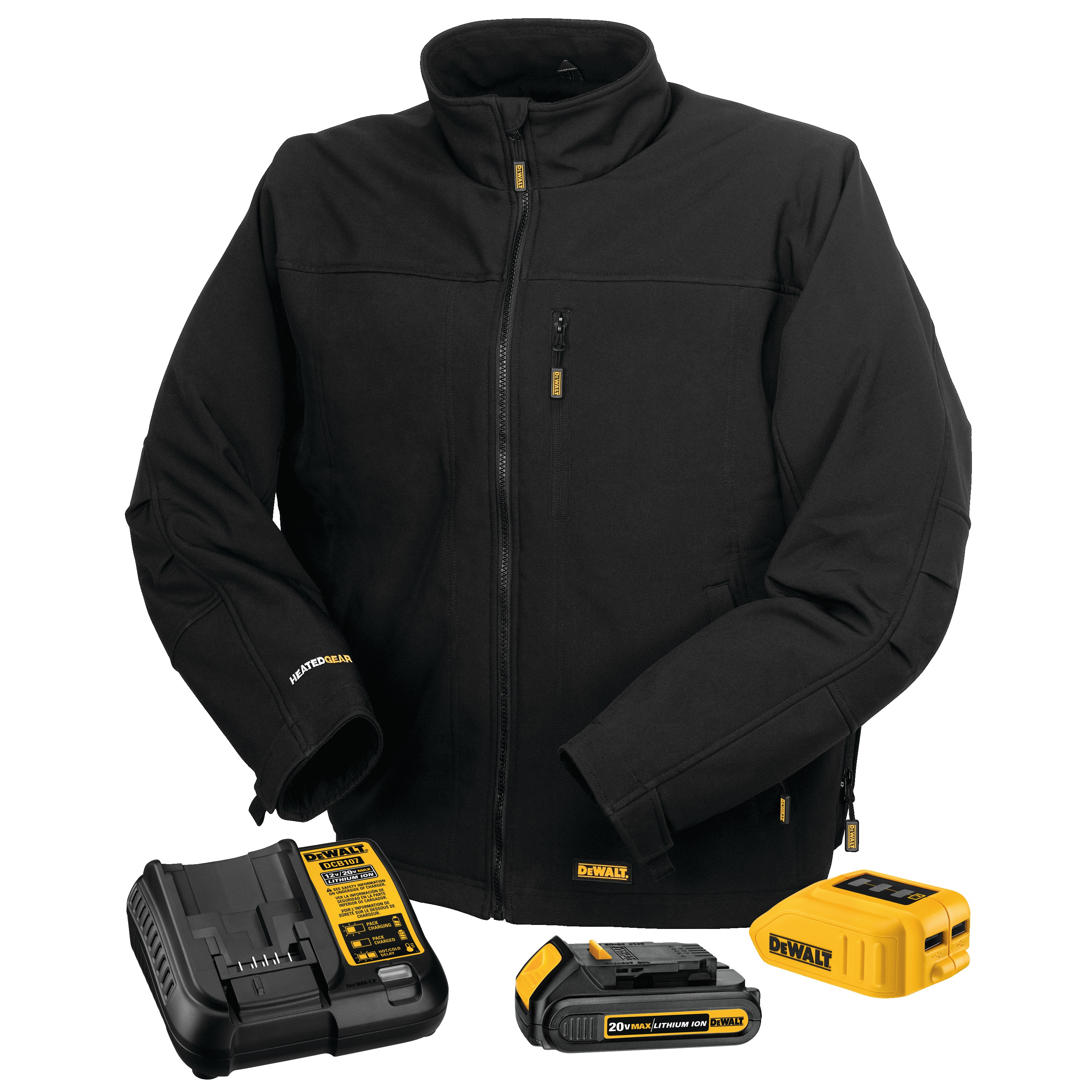The market for clothing that is heated is growing rapidly, with the outdoors industry getting ready for winter. It’s daunting knowing what’s going to fit your needs so here’s an overview of how to pick a suitable heated vest or jacket based on your usage plans.
1. Size and Fit of the Jacket
While sizing can vary from one retailer to the next, you must ensure that your jacket is properly fitted to allow the heating elements to be effective. Always check out the site of the manufacturer for size charts. If you aren’t sure which size to purchase take a smaller size.
Keep in mind that not all jackets are created to keep you warm. These types of jackets usually have less insulation than other more serious winter cycling gear. It is worth looking into a more professional winter cycling jacket if your present jacket isn’t performing very well in colder conditions.
2. Thermal Layers
The majority of heated jackets require the need for an additional layer to shield you from the heat elements within. Thinsulate is a common choice for these layers. It’s light and can hold heat efficiently. You will probably want to wear this layer over your skin, as you do not want it to rub against the exterior of your jacket. If you’re considering buying the jacket with a heating element but do not have any additional warmth, it could be necessary to layer more.

3. Charging Time and Battery Life
All of the jackets included in the table above come with chargers and a battery pack. Some batteries can be fully charged in two hours, while others need eight hours. Of course, the greater the number of heat elements your jacket has, the more time it’ll require to charge. But if you happen to get stuck in a place without a place to plug in your charger, try using an external battery pack to provide a boost to your battery.
Take note of the estimated life of the batteries for each jacket, so you know how long you can remain comfortably warm prior to recharging or swapping out batteries. Find jackets that have Lithium-ion batteries whenever possible. They typically last longer than other types of batteries.
4. Heating Levels
The majority of the jackets we have reviewed come with both high and low heating settings. If you’re only planning to be out for a short time and wish to conserve power, using the low setting is more than enough. If you’re planning to ride at higher speeds or travel for a longer period of time, the high setting is recommended.
5. Comfort Controls
Although many of the jackets have an integrated remote control or controller, you need some form of control over the amount of the heat that your jacket creates. This way, if you’re going from a heated space to a cold space then you won’t feel shivering when you turn the jacket off. This is why I highly recommend all heated jackets come with the option of a temperature control.
6. Battery Life Indicator
It’s a bit of a hassle when you discover your battery is dead just before you arrive back home, the same way as the gas tank in your car. One method to avoid this situation is by checking the indicator for battery life prior to leaving to go on your bike and making sure it is fully charged. Some jackets will even tell you how long the battery will last depending on your selected heat level to ensure that you don’t be stuck in the cold without any warning.
7. Fit & Style
Be aware of the function of your heated jacket. The looser cut is the best when you intend to wear the jacket for outdoor pursuits. However, if you are looking for something more flexible and could be used as part of your everyday clothing, you’ll want to go with an elongated jacket.
For more information, click heated coat men